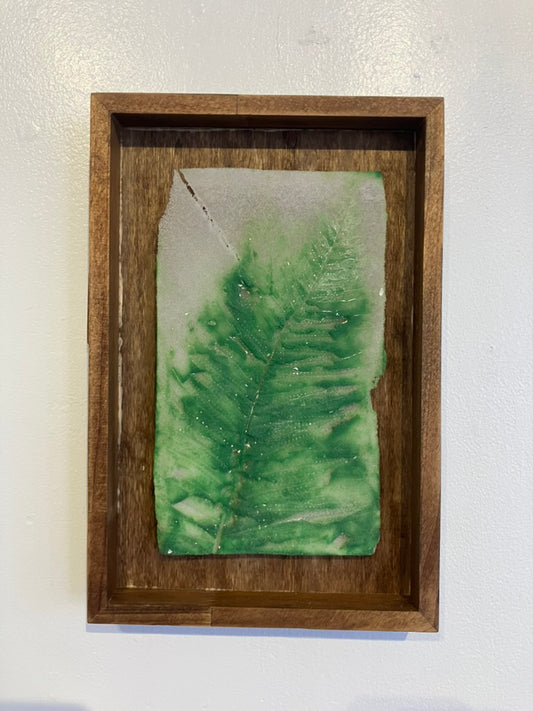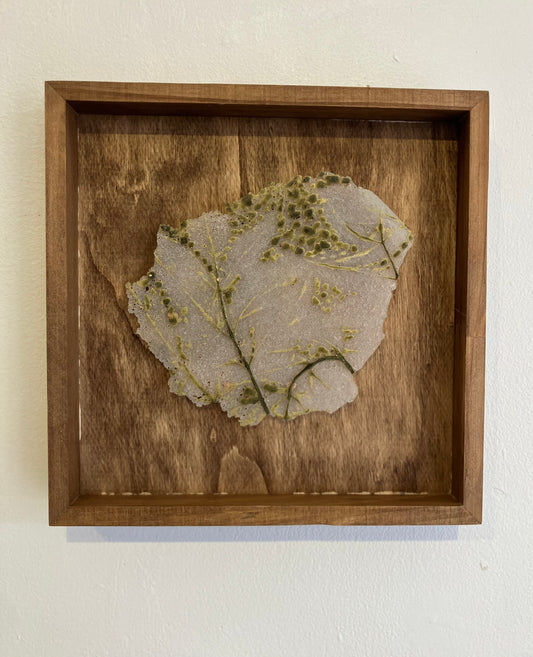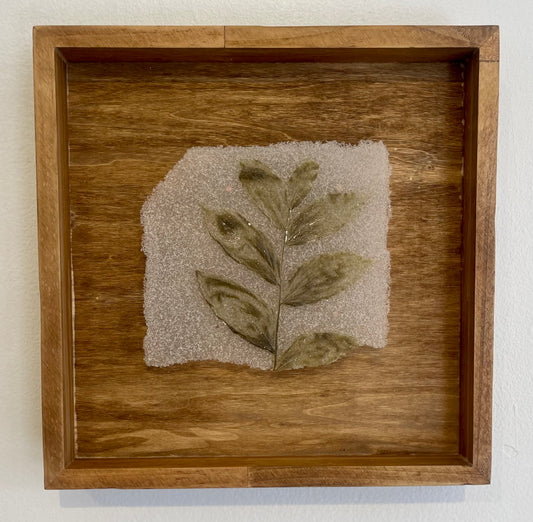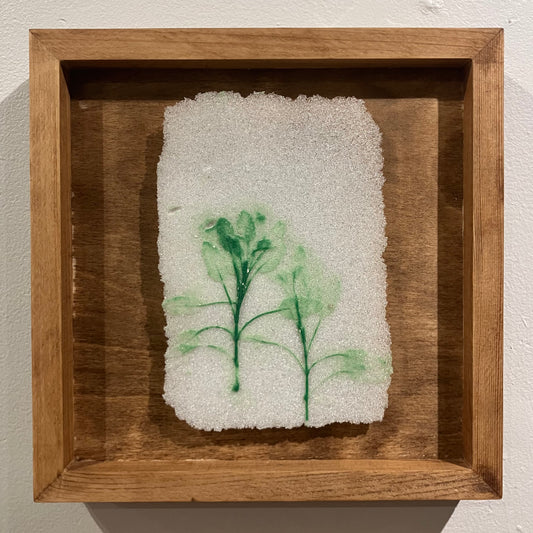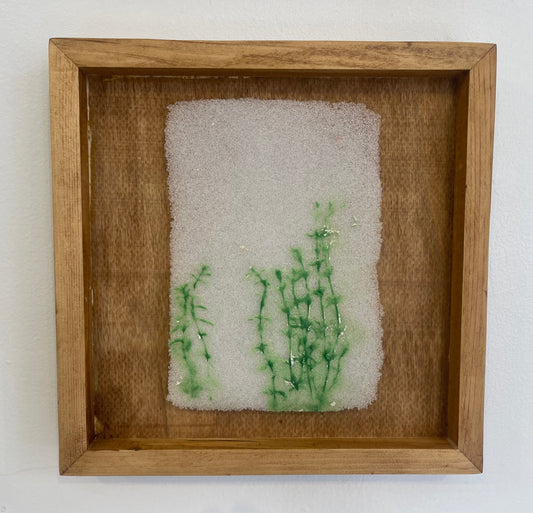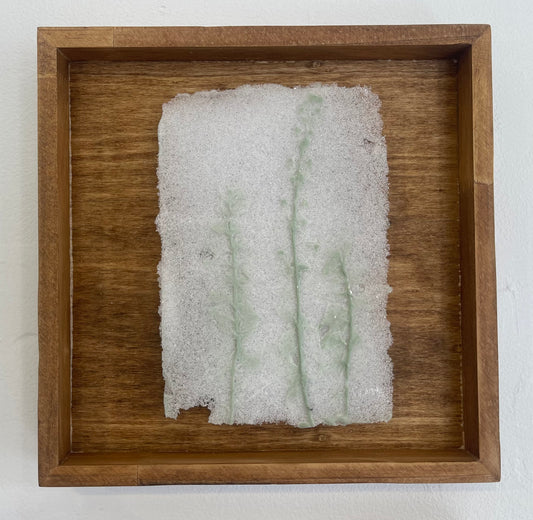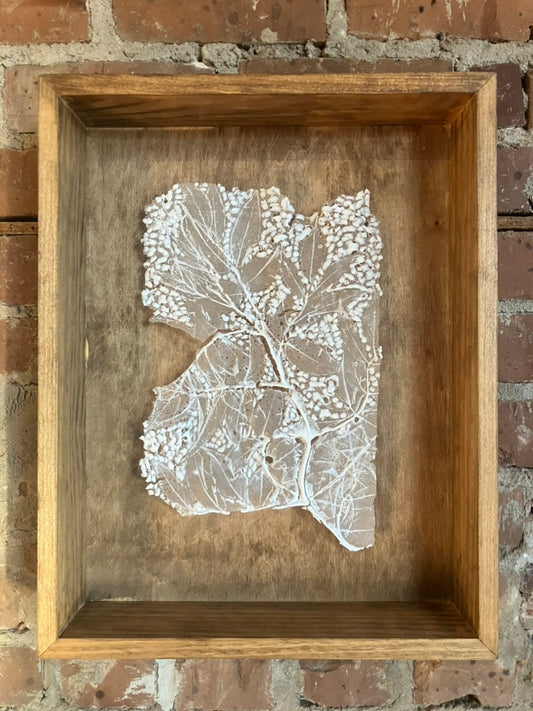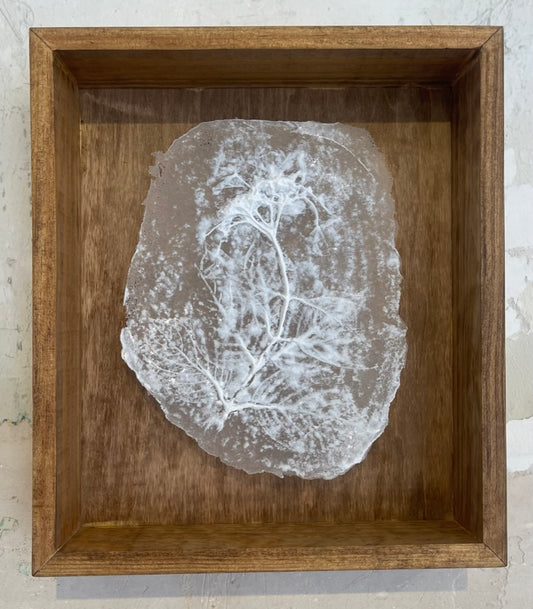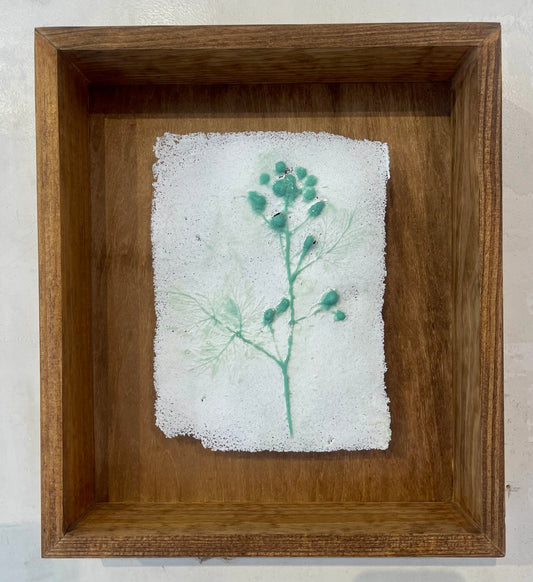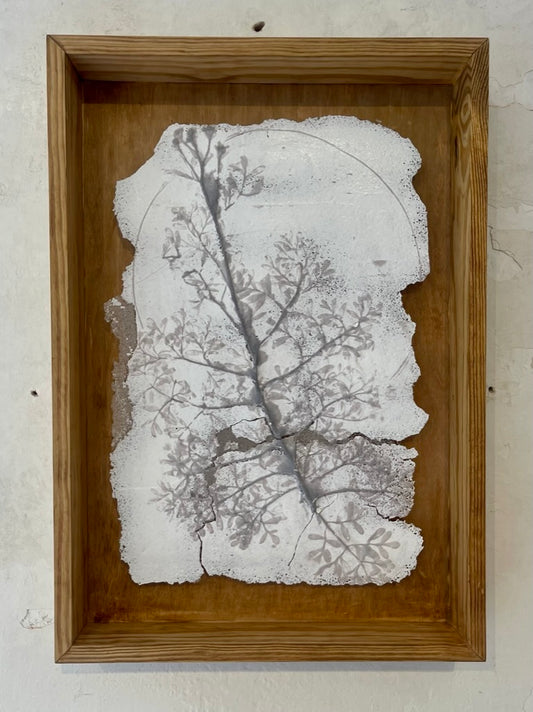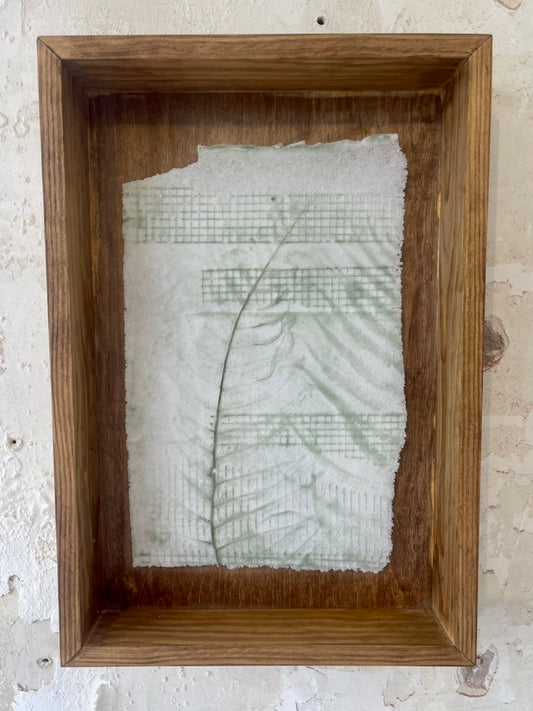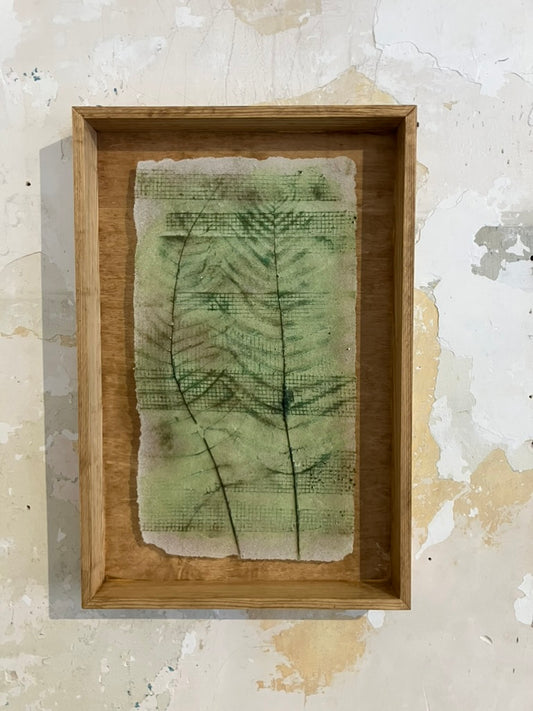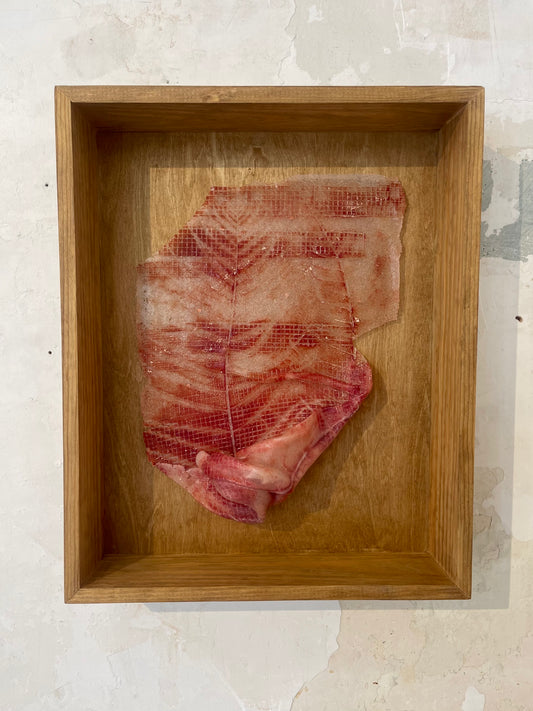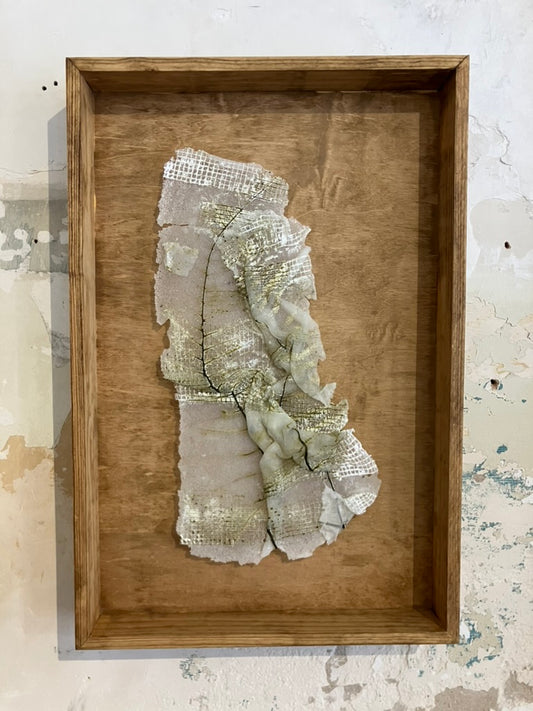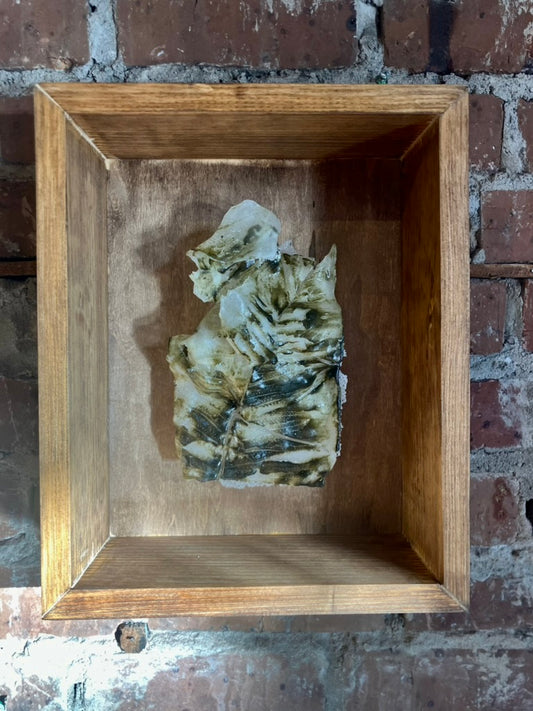-
Double Frit Framed Diptych
Regular price $800.00Regular priceUnit price per -
Cotton Root Print
Regular price $500.00Regular priceUnit price per -
Black Cohosh Root Glass Print
Regular price $500.00Regular priceUnit price per -
Angelica Root Glass Print
Regular price $500.00Regular priceUnit price per -
Ginger Root Glass Print
Regular price $500.00Regular priceUnit price per -
Ginger Leaf Glass Print
Regular price $450.00Regular priceUnit price per -
Mugwort Glass Print
Regular price $850.00Regular priceUnit price per -
Pennyroyal Glass Print
Regular price $850.00Regular priceUnit price per -
Black Cohosh Glass Print
Regular price $850.00Regular priceUnit price per -
Parsley Glass Print
Regular price $850.00Regular priceUnit price per -
Small Green Fern Glass Print
Regular price $225.00Regular priceUnit price per -
Dark Green Fern Small Glass Print
Regular price $225.00Regular priceUnit price per -
Elderflower Small Glass Print
Regular price $225.00Regular priceUnit price per -
Black Walnut Small Glass Print
Regular price $225.00Regular priceUnit price per -
Sage Small Glass Print Wood Frame
Regular price $225.00Regular priceUnit price per -
Thyme Small Glass Print Wood Frame
Regular price $225.00Regular priceUnit price per -
Oregano Small Glass Print
Regular price $225.00Regular priceUnit price per -
Rosemary Small Glass Print
Regular price $225.00Regular priceUnit price per -
Basil Small Glass Print
Regular price $225.00Regular priceUnit price per -
Thyme Small Glass Print White Frame
Regular price $225.00Regular priceUnit price per -
Sage Small Glass Print White Frame
Regular price $225.00Regular priceUnit price per -
White Elderberry Glass Print
Regular price $700.00Regular priceUnit price per -
Light Purple Elderberry Glass Print
Regular price $525.00Regular priceUnit price per -
Hydrangea Glass Print
Regular price $625.00Regular priceUnit price per -
Blackberry Glass Print
Regular price $625.00Regular priceUnit price per -
Purple Rue Glass Print
Regular price $950.00Regular priceUnit price per -
Light Green Fern Glass Print
Regular price $750.00Regular priceUnit price per -
Large Dark Green Fern Glass Print
Regular price $1,100.00Regular priceUnit price per -
Red Fern Glass Print
Regular price $1,200.00Regular priceUnit price per -
Interrupted Fern Glass Print
Regular price $1,400.00Regular priceUnit price per -
Double Fern Glass Print
Regular price $425.00Regular priceUnit price per -
Double Green Glass Print
Regular price $350.00Regular priceUnit price per -
Double Frit
Regular price $325.00Regular priceUnit price per











